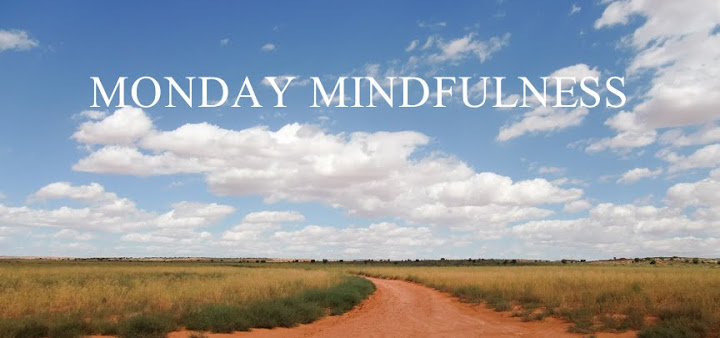So often, mindfulness is defined as the non-judgmental,
non-reactive awareness of our present moment experience. But non-judgmental and
non-reactive awareness need to be defined.
When I watch my own judgmental mind and notice just how fast
it tells me what’s good or bad, or what’s right or wrong, I am amazed at what I’m
willing to believe without connecting those thoughts and opinions to my actual current
experience.
Mindfulness asks us to develop awareness based on our direct
experience, not the stories we tell ourselves from old conditioned beliefs that
may not be accurate or relevant to our present experience. The willingness,
curiosity and courage to suspend these opinions long enough to really see what’s
happening is how mindfulness defines non-judgmental. It’s an effective way of developing
the discerning mind that leads to skillful decisions and wise actions. It’s the
mind that has good judgment.
From a mindfulness perspective, reactivity is understood as
the compulsive grasping and clinging or rejecting and pushing away of whatever
our experience may be. Being non-reactive doesn’t require us to like what’s
happening. It asks us to loosen our grip on how we think things ought to be,
again suspending our opinions long enough to respond wisely and effectively.
Working
with our conditioned judgmental and reactive minds is difficult, and developing
mindful awareness expands our tolerance and increases our responsiveness.
Here’s a wonderful story from the Buddhist tradition, the
Teaching of the Two Arrows.
All of us, no matter who we are, experience pain,
challenge, difficulty, anxiety, stress and suffering. This is the First Noble
Truth; life is difficult for everyone, period. In this story, the difficulty of
living a life is akin to being shot by an arrow. We all get shot and it hurts. How
we react or respond to this pain determines whether or not we shoot the second
arrow, or the third, fourth or the fifth.
Shooting the second arrow is up to us and it comes in all
sorts of ways; arguments with people we love after being stuck in
bumper-to-bumper traffic, unkind comments to customer service people because we’re
not getting what we want, killing a skunk because it sprayed the dog, or any
kind of harmful retaliatory actions that stem from our own pain. Do we
perpetuate the pain and anger by firing back or do we have the skill,
discipline and restraint to recognize and manage our own discomfort? Mindfulness
gives us a choice.
Recently I was having a conversation with a 91 year old man
struggling with the natural physical degradations of being 91. After talking
about mindfulness and sitting in meditation together for a bit, he asked “Do
you think if someone has a terminal illness it’s still possible to be happy?” I
wonder if ultimately this is the only question there ever really is.
How, in the face of sure suffering and sure death, can we
find happiness? For me, I want to remember to notice beauty, to say ‘thank you,’
and not to shoot the second arrow.
